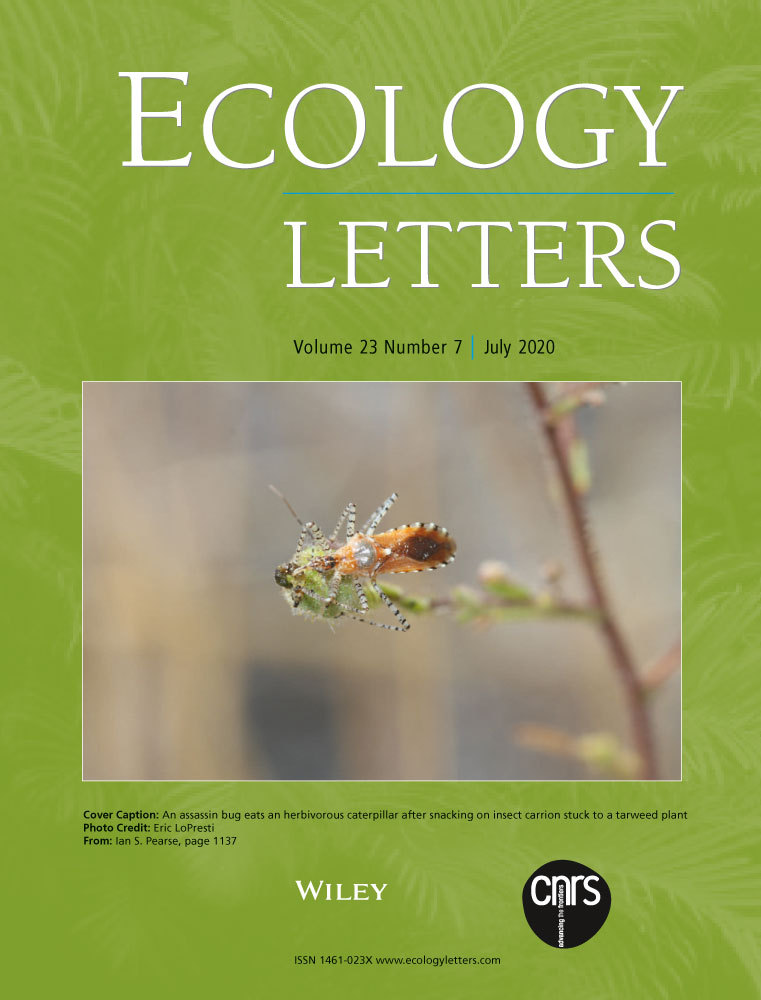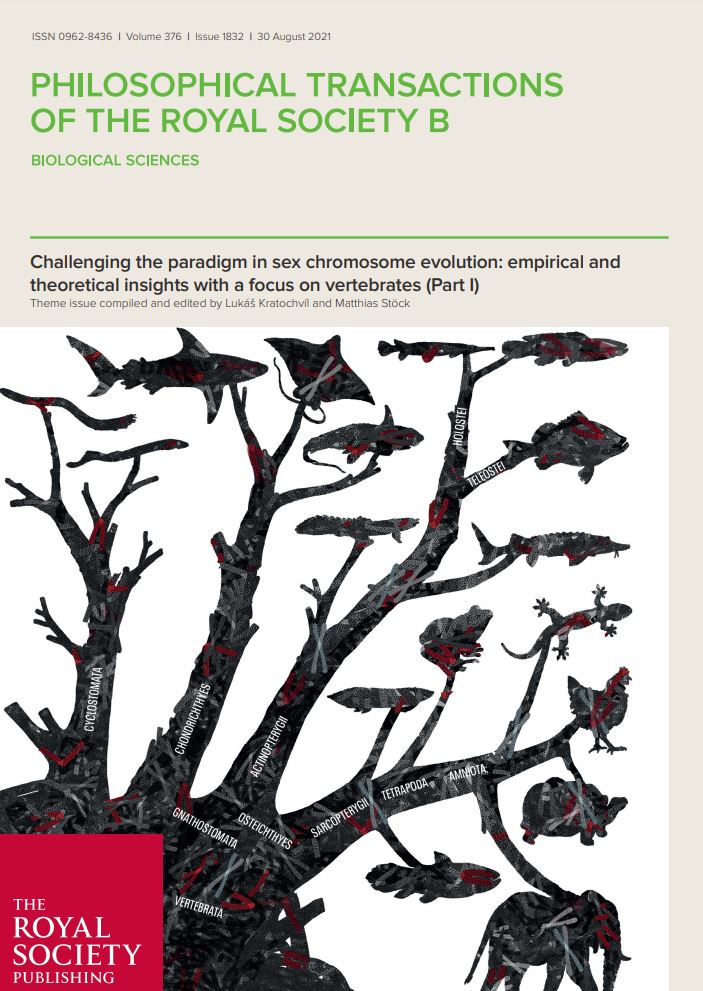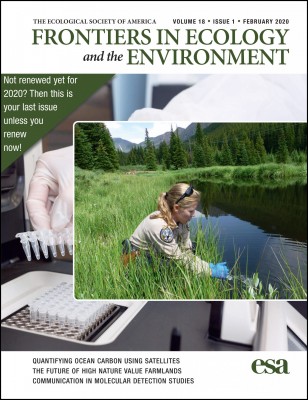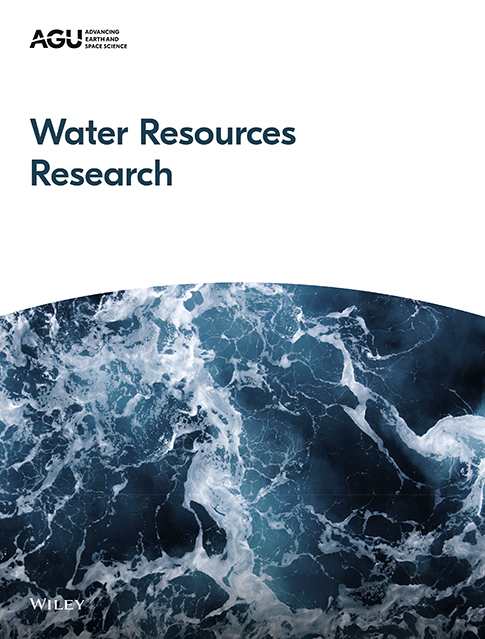
Reproductive individuality of clonal fish raised in near-identical environments and its link to early-life behavioral individuality
A framework for untangling the consequences of artificial light at night on species interactions
By altering essential environmental cues Artificial Light at Night (ALAN) is restructuring if, how and when animals interact. In this publication the authors explored the role of ALAN on ecological interactions and reviewed research studies that addressed this issue, most of whom were just published during the last three to five years.
Flagship individuals in biodiversity conservation
This study extends the concept of flagship species to include individual organisms, who can garner public attention and attract conservation support. Flagship individuals typically share a similar suite of characteristics, including: (1) charismatic species-level traits; (2) unique or distinctive individual traits; (3) a high degree of exposure to humans; and (4) a noteworthy life history or fate.

Differential effects of microplastic exposure on leaf shredding rates of invasive and native amphipod crustaceans

Discrepancies between non-native and invasive species classifications
Light pollution of freshwater ecosystems: principles, ecological impacts and remedies
Freshwater ecosystems across the world are biodiversity hotspots but also disproportionately threatened by light pollution. In this review the authors provide a synthesis of current knowledge on light characteristics and the ecological consequences of artificial light in inland waters and coupled adjacent ecosystems. The focus is on recent insights into effects and on ways to mitigate them.

Eco-evolution from deep time to contemporary dynamics: The role of timescales and rate modulators
The authors explored the occurrence of slow eco-evolution which allows conceptualizing biological systems along a continuum of various eco-evolutionary rates and suggests that eco-evolutionary systems are dynamic concerning ecological and evolutionary speeds. They highlight how environmental change can alter the speed of eco-evolution via affecting modulators of ecological and evolutionary rates.

Proposed Missions to Collect Samples for Analyzing Evidence of Life in the Venusian Atmosphere
Integrating Tracers and Soft Data Into Multi-Criteria Calibration: Implications From Distributed Modeling in a Riparian Wetland
This study aimed to unravel the heterogenous spatio-temporal patterns of hydrological processes in a riparian wetland over 2 years. The work provided insights into ecohydrological wetland functioning, but also revealed potential equifinality in process-based models even with abundant data for calibration, and solutions based on the integration of water isotopes and soft data into modelling.





